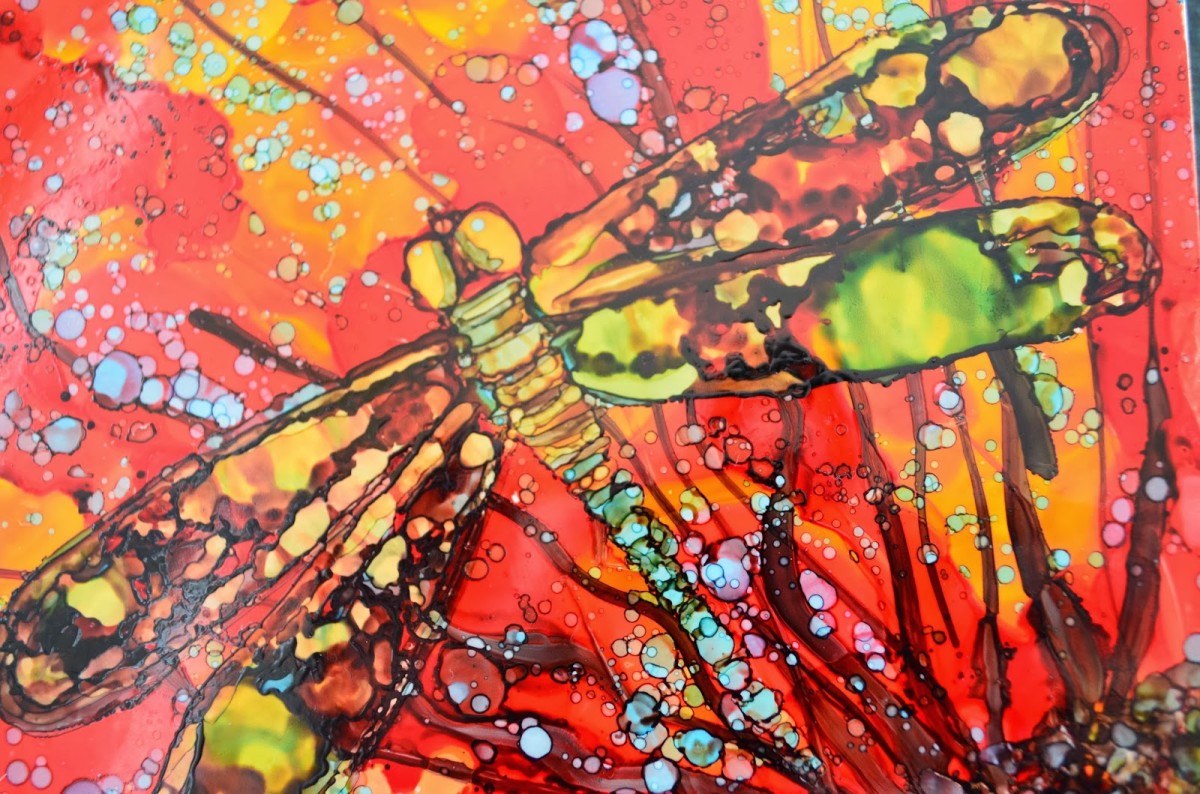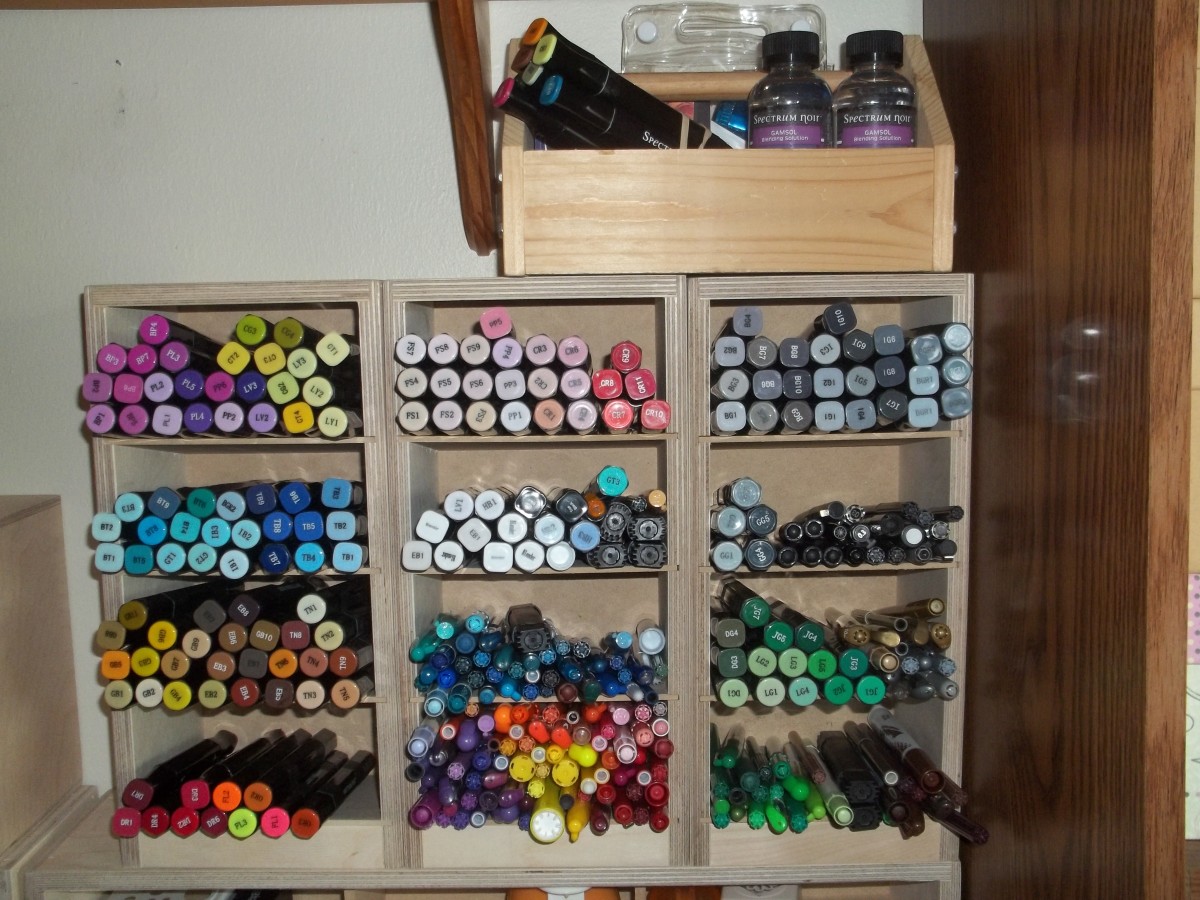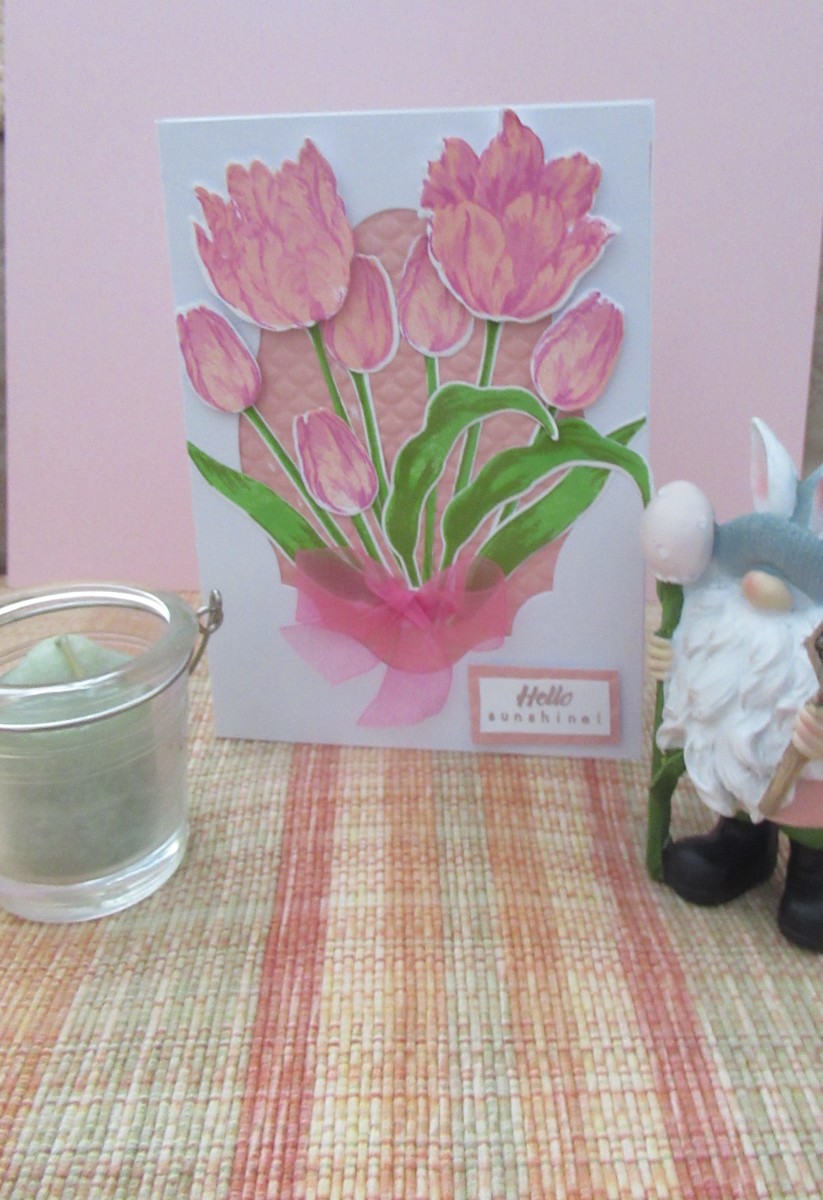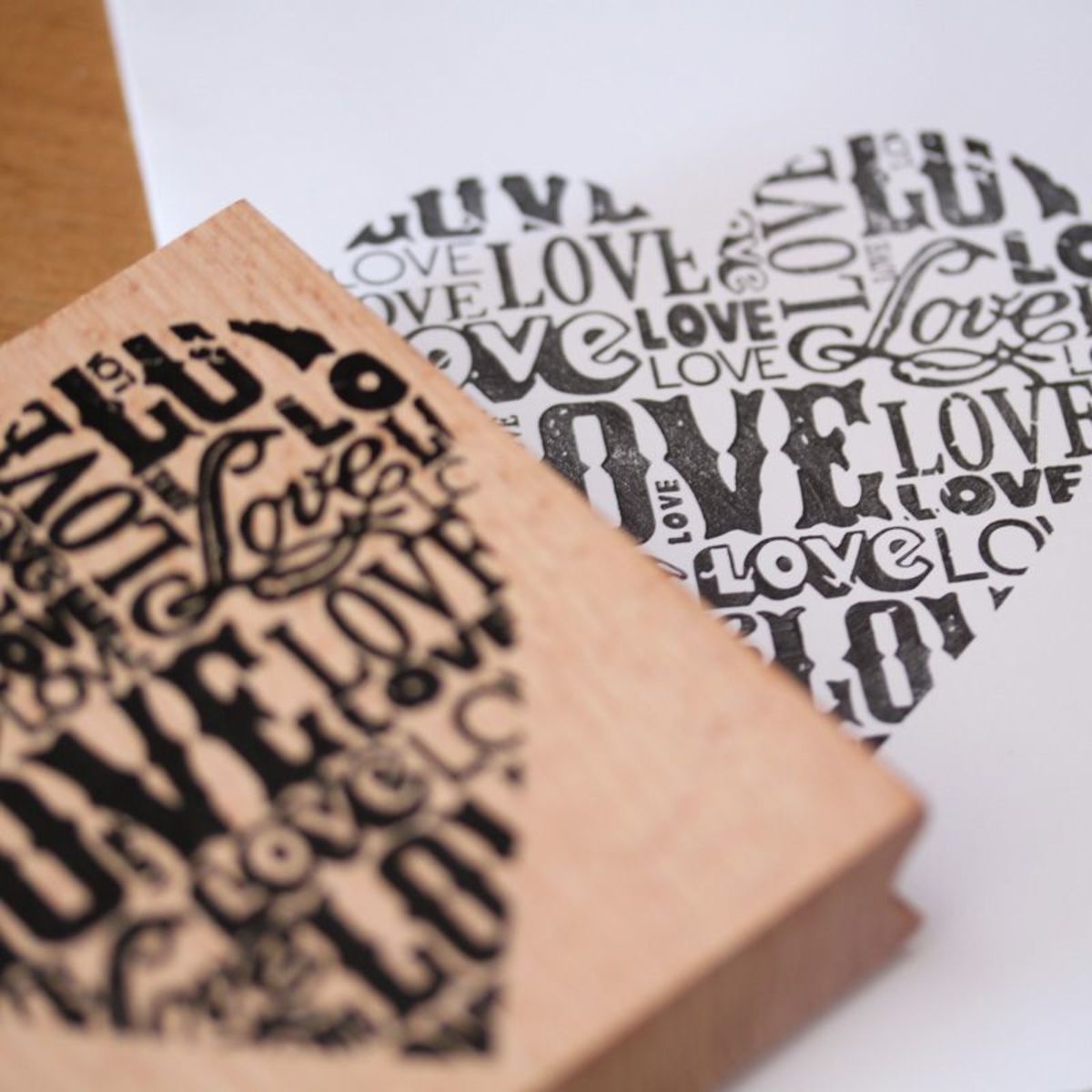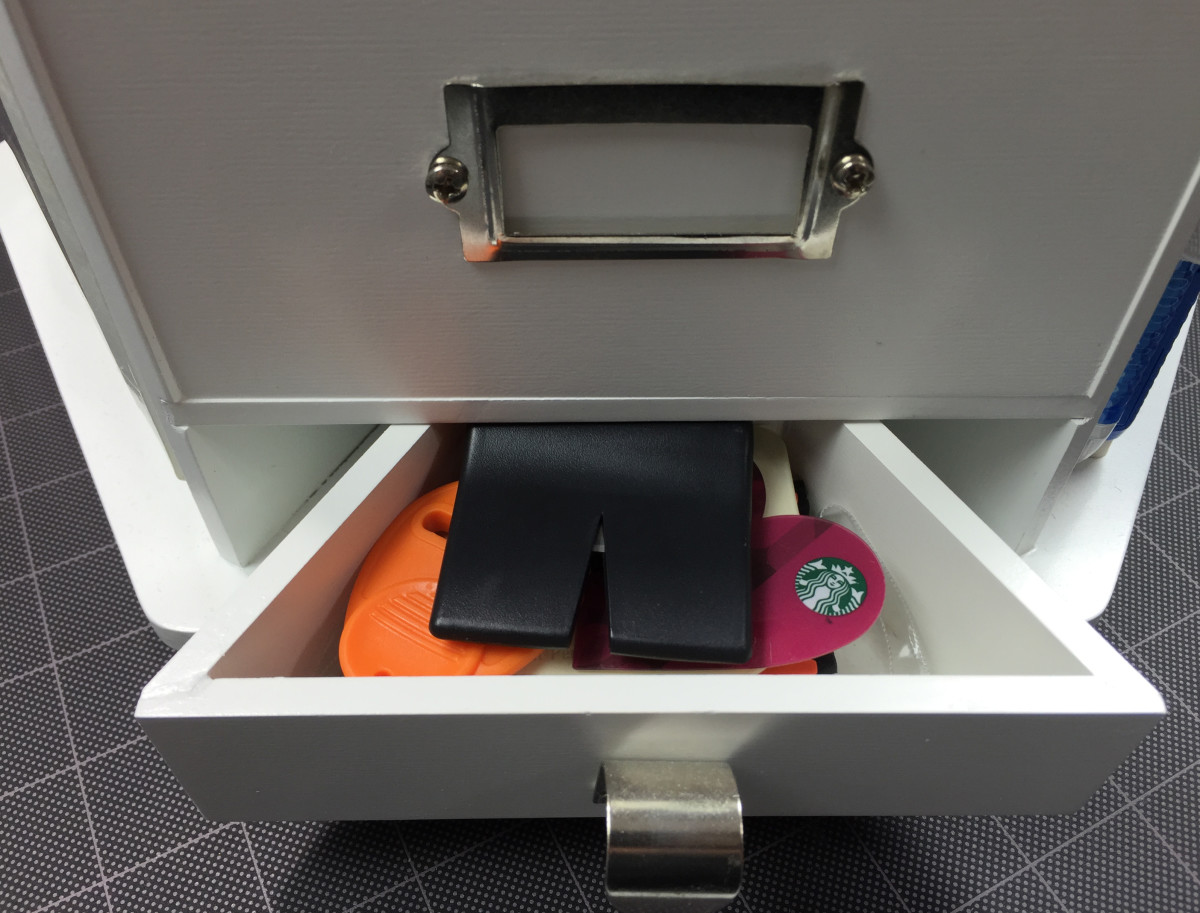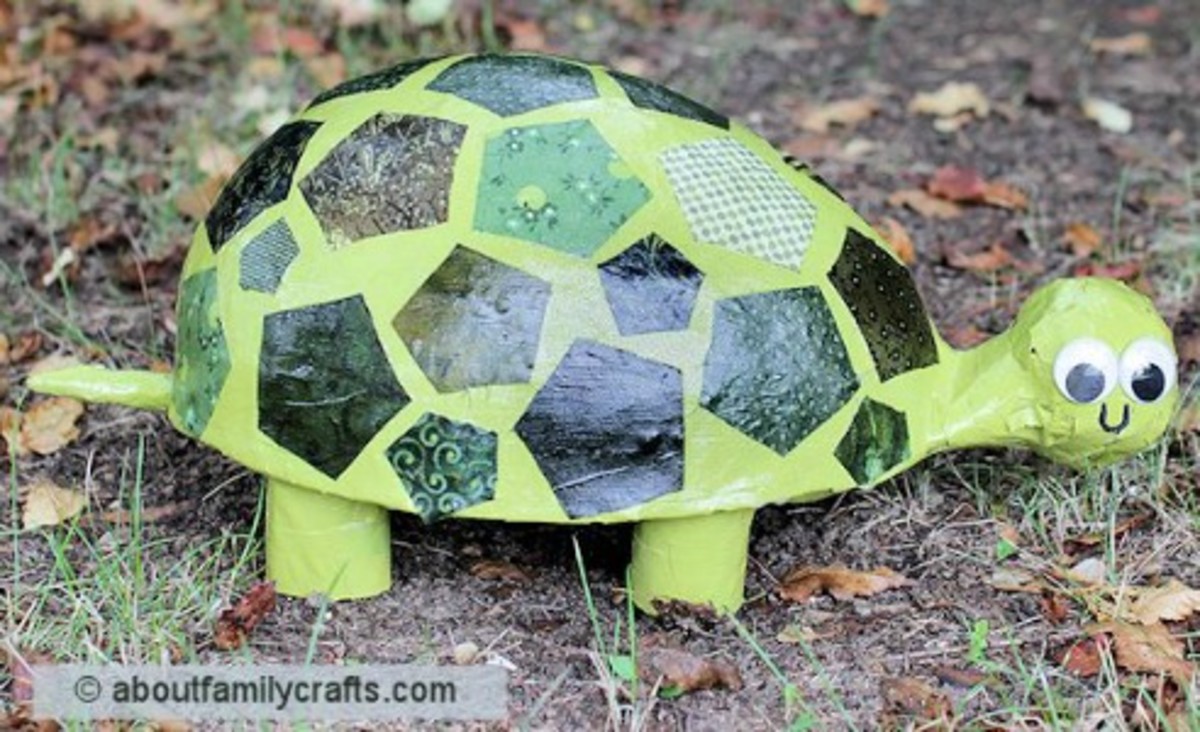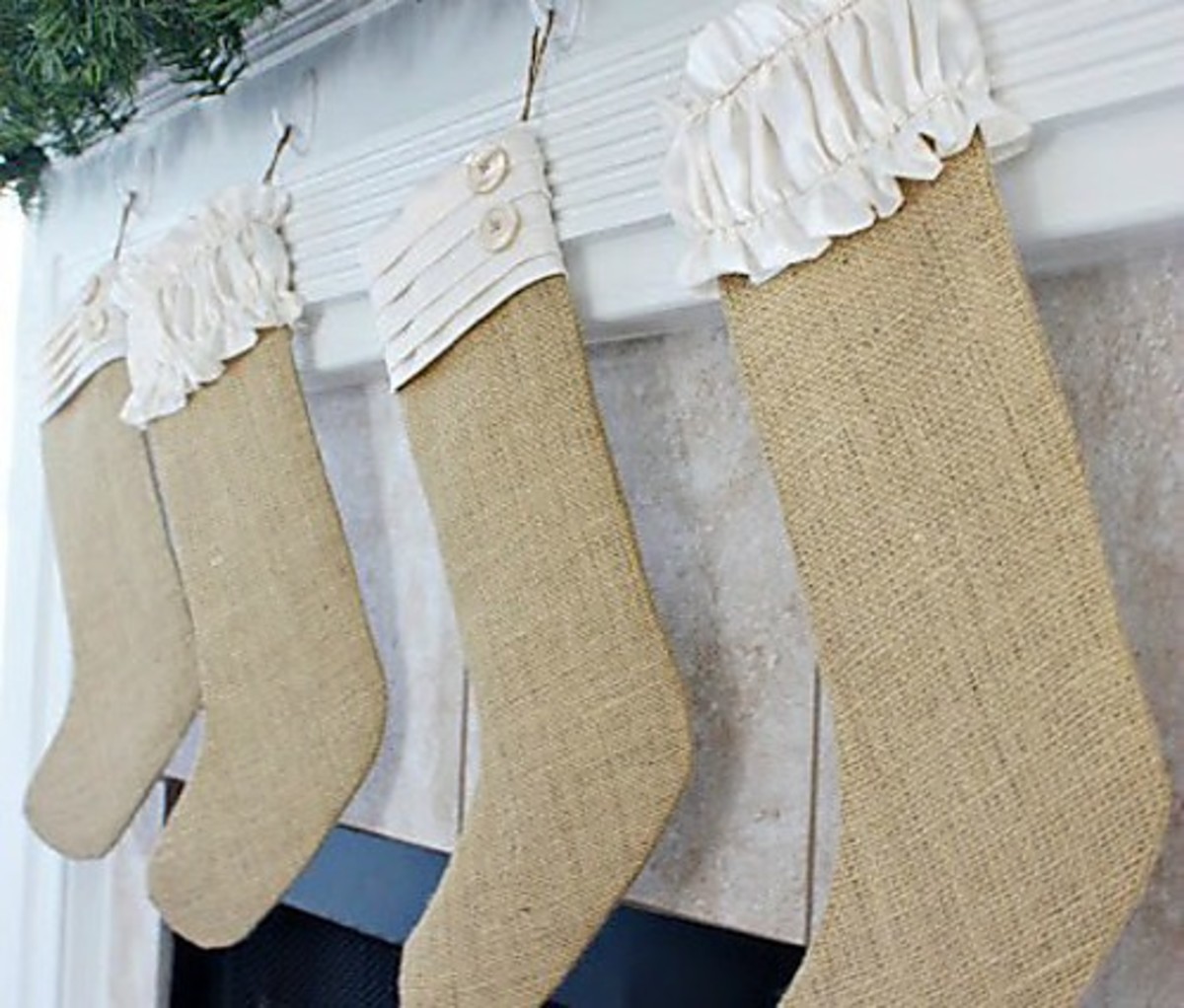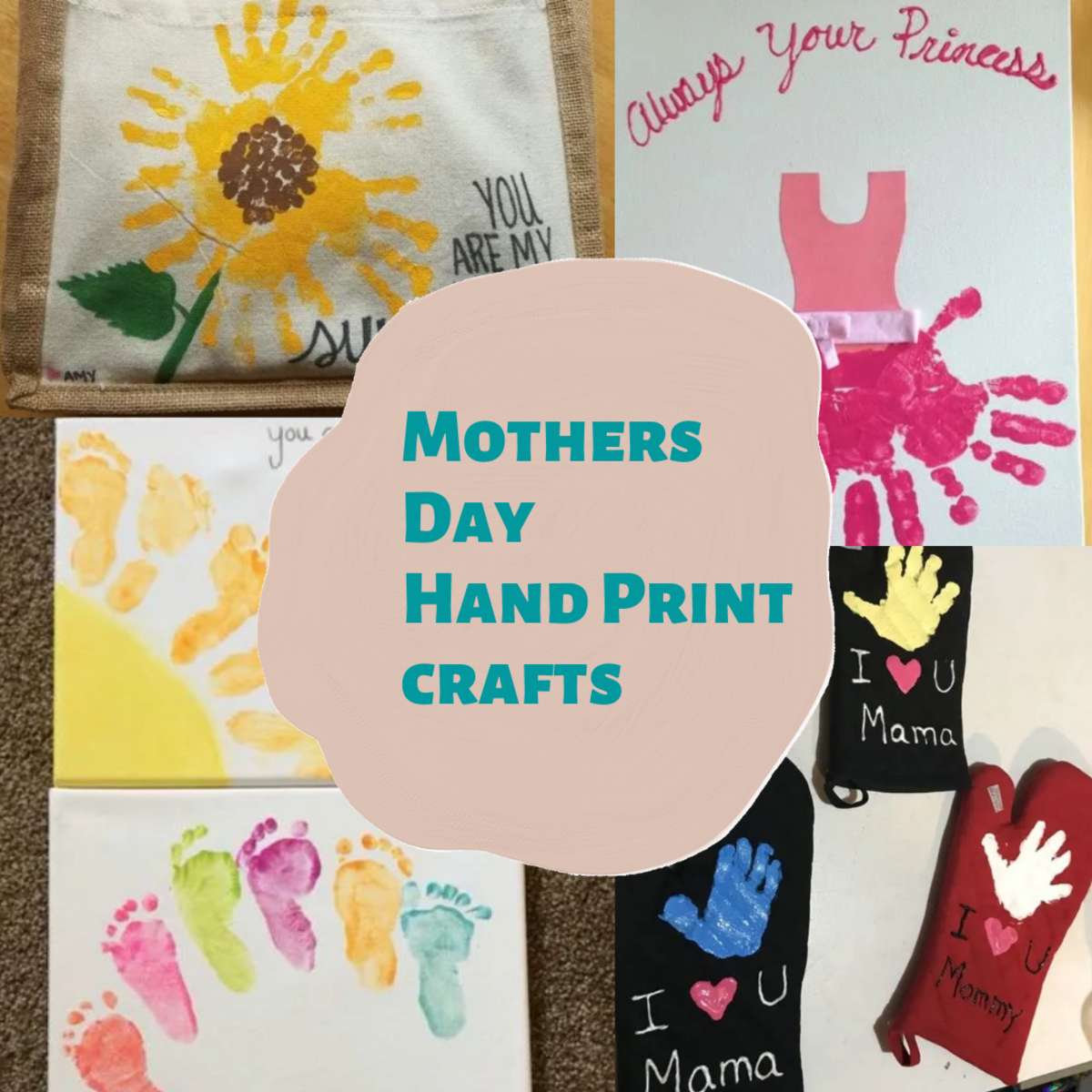Easy Rubber Stamping For Beginners
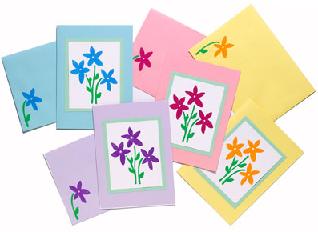
Where To Start
Now that you've decided to become a rubber stamper, you are faced with the monumental task of trying to figure out what you have to stamp. There's so much stuff out there and at this point you theoretically know so little about stamping that it's hard to tell what you need and what you just want.
If you have friends who stamp, they will no doubt make suggestions for what to start with, but do be aware that each and every stamper has their own stamping style, their own preferred stamp pad, their own preferred way to color images -- you name it, and they have a preference. As you learn more about stamping, you may find the preferences of other stampers don't really match your own.
Three Things to Get You Started:
- Rubber stamp(s)
- Felt-tip markers or Stamp pads
- Paper
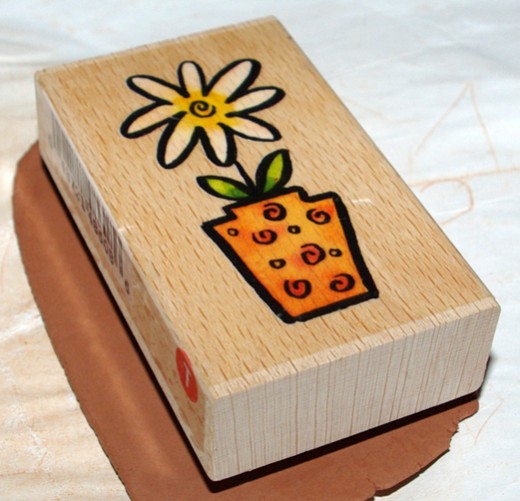
Stamps
What kind of stamps do you start with?
By all means go to a stamp store and pick out any stamp that you like. If you like one with lots of detail, don't let that discourage you. You will find that the more complex the stamp, the less you have to color it, gussy it up, and all the other kinds of things stampers do to complete a card. This is, of course, my personal opinion. Probably because I'm used to looking at black and white etchings to create my stamps. I am always amazed at what the artists who created etchings can did with a few lines.
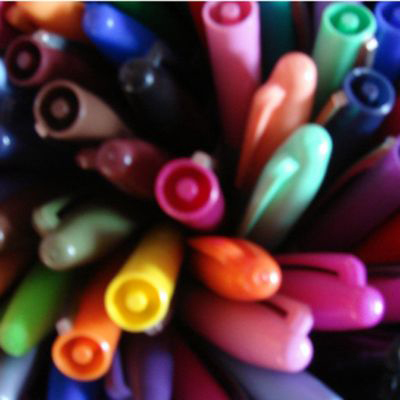
Felt-tip Markers
I know people who prefer to use markers to ink up their stamps instead of stamp pads. This way they can make different sections of the stamp different colors and avoid having to do any additional coloring to the stamped image afterward. This works fine if you can work fast enough that the marker ink stays wet long enough to stamp the image on the paper. And some kinds of markers are "juicier" than others, making them easier to work with for this technique than drier markers.
Since I don't like bright colors in my stamped images, I found markers, even for coloring stamped images, just too garish for my taste. There is something called a marker blender to thin the color, but I still didn't like the results. Finally I found some more subtly colored markers, but there's oodles of markers out there and they all have their own advantages and disadvantages. Try as many different kinds as you can before you decide to invest in a set.
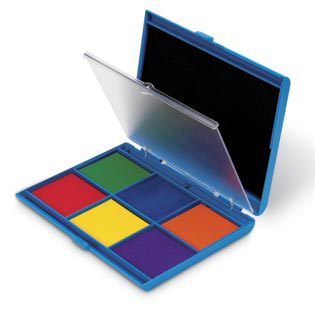
Stamp Pads
Since I personally don't like markers for inking up stamps, I needed some kind of stamp pad, and there are about as many kinds of stamp pads as there are markers. Pads for stamping on paper. Pads for stamping on fabric. Pads for stamping on ceramics. But they all still pretty much fall into two basic categories: dye ink and pigment ink.
Dye inks are water soluble and will fade in sunlight. Pigment inks have coloring added to the liquid in the form of small particles, and they float in a liquid that, for the most part, doesn't come off with water. Most pigment inks are to some degree fade proof and require something besides water to remove the ink from your stamps.
Once again, different stampers prefer different kinds of ink pads. Some people swear by one kind of ink pad. Others swear by some other variety.
The most permanent kinds of inks are usually the ones that require the strongest stamp cleaners, and with these inks, especially the black ones, your stamps will become stained. Your wood block will become stained. Not to mention your fingers and anything the ink touches. Some people just love permanent black ink stamped images, but I've never understood the fascination for the blaring black, especially with delicate images.
I've been told of various kinds of stamp cleaners to get the permanent ink off my stamps, but I've never found any - bar none - that would take the black stain out of the rubber or off the blocks. Also, the solvents required to even clean off the residue of ink does soften the rubber and make it gummy over time. You will find some stampers have observed this and others will tell you they've used permanent dyes and cleaners for years and never had a problem with gummy stamps.
So for me, it's dye ink pads all around. You can always emboss in black to get a knock-out black image.
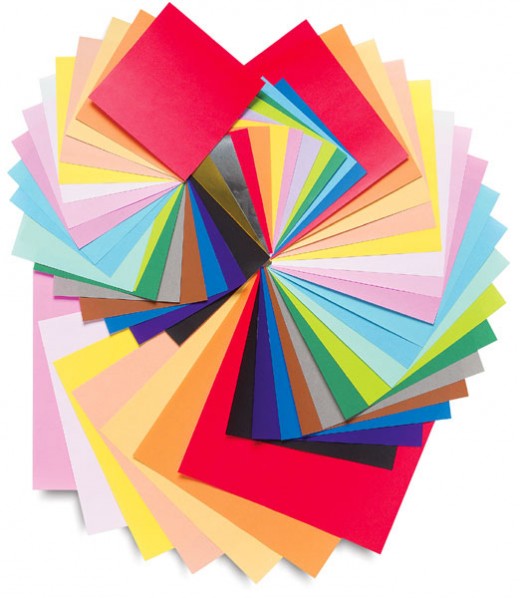
Paper
You can stamp on pretty much any kind of paper, but for great impressions it's best to use card stock (not construction paper). Card stock is heavier and less absorbent than construction paper so when you stamp, it doesn't bleed.
Card stock comes coated and uncoated, and you will find that some stamps, particularly highly detailed ones, will look better on coated paper; paper that doesn't let the ink bleed into the paper. Some coated papers are glossy and some are semi-glossy, and some are so subtly coated that they hardly look much different from uncoated card stock. There are a gazillion kinds of paper, but card stock is the stamper's basic.
Another common stamper's paper is vellum, semi-transparent and so non-absorbent that a lot of stamp pad inks won't dry on it. Often it's used in combination with card stock since it makes a nice overlay that can sort of be seen through. Stamping on vellum can be tricky since many inks won't dry on it, although you can emboss the stamped image to dry the ink.
In any case, for stamping, stick to the lighter colors of cardstock for stamping. The darker colors of cardstock will often take embossing well, but even dark inks don't always show up well on dark card stocks. For the most part, save dark cardstocks for layering or for making some interesting background papers out of with various kinds of coloring mediums.
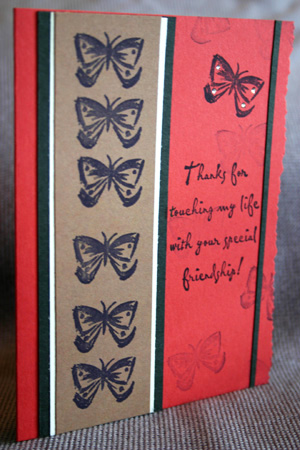
Bring it All Together
You've found the stamps you want to start with. Now how do you figure out what color stamp pads and papers you need without buying one of everything?
Faced with this same problem when I began stamping, I thought about my favorite colors and the colors I liked to see together. For me, that was a celery green, pale blue, and cream. With these three colors in mind, I bought several sheets of cardstock in those shades, and chose three or four stamp pads in colors I knew would go with those shades. I could then concentrate on markers that would go with these shades.
And I found it was very helpful to keep these three shades in mind as I ventured on into all the other things stampers need, embossing powders, fibers, paints, water color pencils, inks, exotic papers, handmade papers.... you get the picture.

